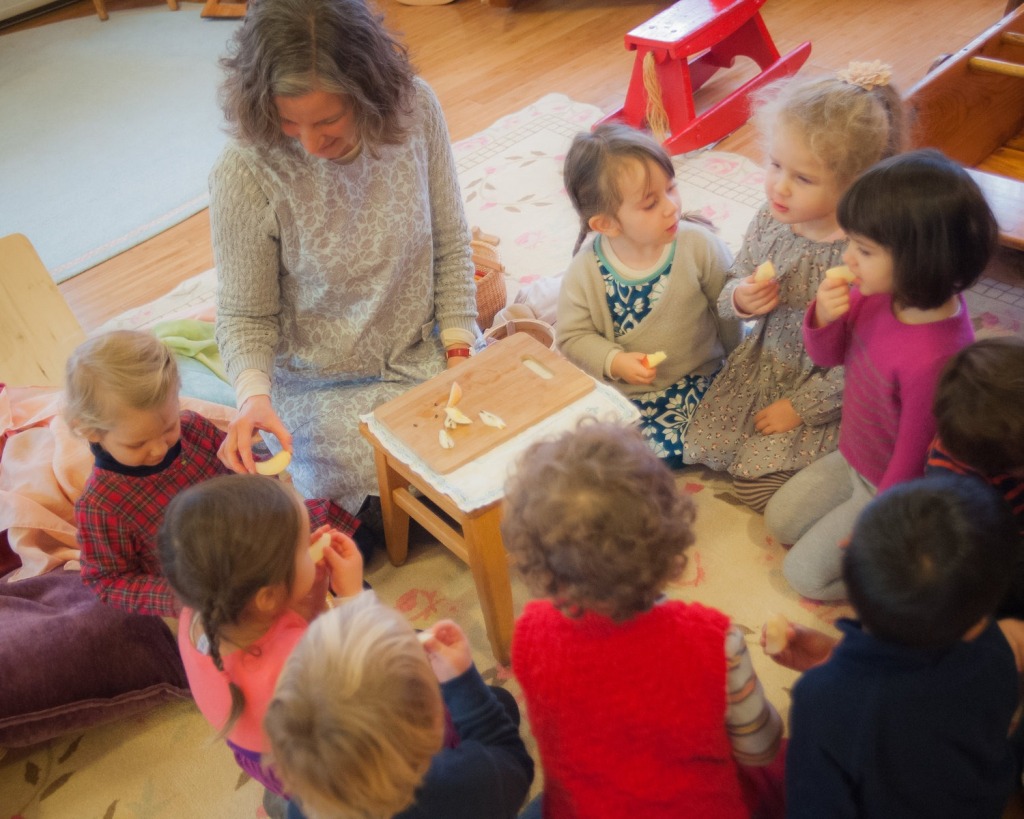Waldorf Education: An Alternative Approach to Holistic Learning
In the realm of alternative schooling and education, one approach that has gained significant attention is Waldorf education. Developed by Austrian philosopher Rudolf Steiner in the early 20th century, this educational philosophy takes a holistic approach to nurturing children’s intellectual, emotional, and physical development. With an emphasis on creativity, imagination, and hands-on learning, Waldorf education seeks to cultivate well-rounded individuals who are equipped with the skills necessary for success in an ever-changing world.
At the core of Waldorf education is the belief that children should be encouraged to unfold naturally at their own pace. This means providing them with an environment rich in imagination and play during their early years. Instead of focusing solely on academics, Waldorf schools prioritize creative activities such as painting, drawing, music, storytelling, and movement. By engaging all senses through these artistic endeavors, children develop a deep appreciation for beauty and aesthetics while also honing their cognitive abilities.
One distinguishing feature of Waldorf education is its commitment to age-appropriate learning experiences. Steiner believed that each stage of childhood had its unique developmental needs that should be met through appropriate curriculum content and teaching methods. For example, during the early years (ages 0-7), play-based activities dominate the classroom as children explore their surroundings freely. As they grow older (ages 7-14), academic subjects are introduced gradually but always intertwined with artistic expression.
Critics argue that this unconventional approach may hinder children’s ability to adapt to traditional educational settings later on. However, proponents contend that by fostering a love for learning from an early age rather than imposing rigorous academic standards prematurely, students actually become more resilient learners who are better equipped to handle challenges later in life.
Another distinctive aspect of Waldorf education lies in its commitment to cultivating strong relationships between teachers and students. In most cases, a single teacher stays with a class throughout several grades, allowing for a deep understanding of each student’s individual needs and development. This continuity fosters a sense of security and trust, enabling students to fully engage in their learning journeys.
While Waldorf education has gained popularity worldwide, it does face some criticisms. Some argue that the lack of emphasis on formal academics during the early years may put students at a disadvantage when transitioning to mainstream education systems. Additionally, its focus on arts and hands-on activities may be seen as neglecting other important subjects such as science and technology.
Nevertheless, proponents believe that the holistic approach offered by Waldorf education nurtures well-rounded individuals who possess not only academic knowledge but also creativity, critical thinking skills, emotional intelligence, and social awareness. By embracing imagination and prioritizing experiential learning over rote memorization, Waldorf schools aim to develop independent thinkers who can adapt to an ever-changing world.
In conclusion, Waldorf education presents an alternative approach to schooling that emphasizes creativity, play-based learning, and age-appropriate curriculum content. While it may have its critics and challenges in terms of transitioning into traditional educational systems or meeting certain subject requirements head-on; this holistic educational philosophy aims to cultivate well-rounded individuals who are equipped with both academic knowledge and essential life skills. Ultimately, whether one chooses Waldorf education or another alternative approach depends on individual values and goals for their child’s development.

Leave a comment